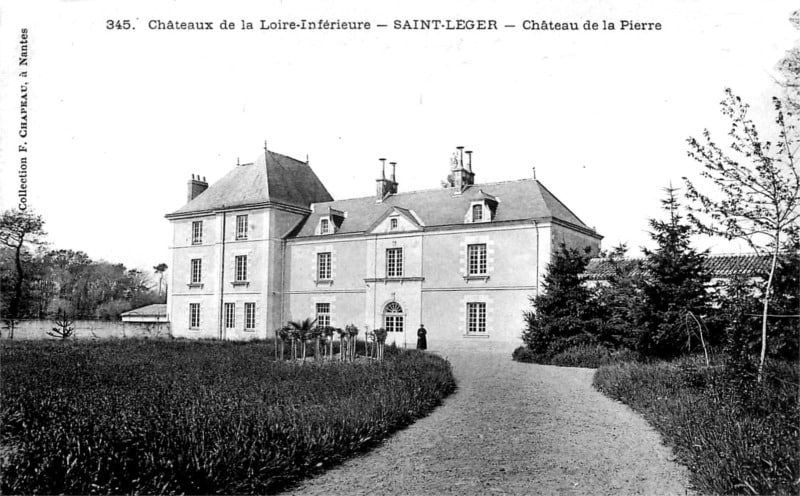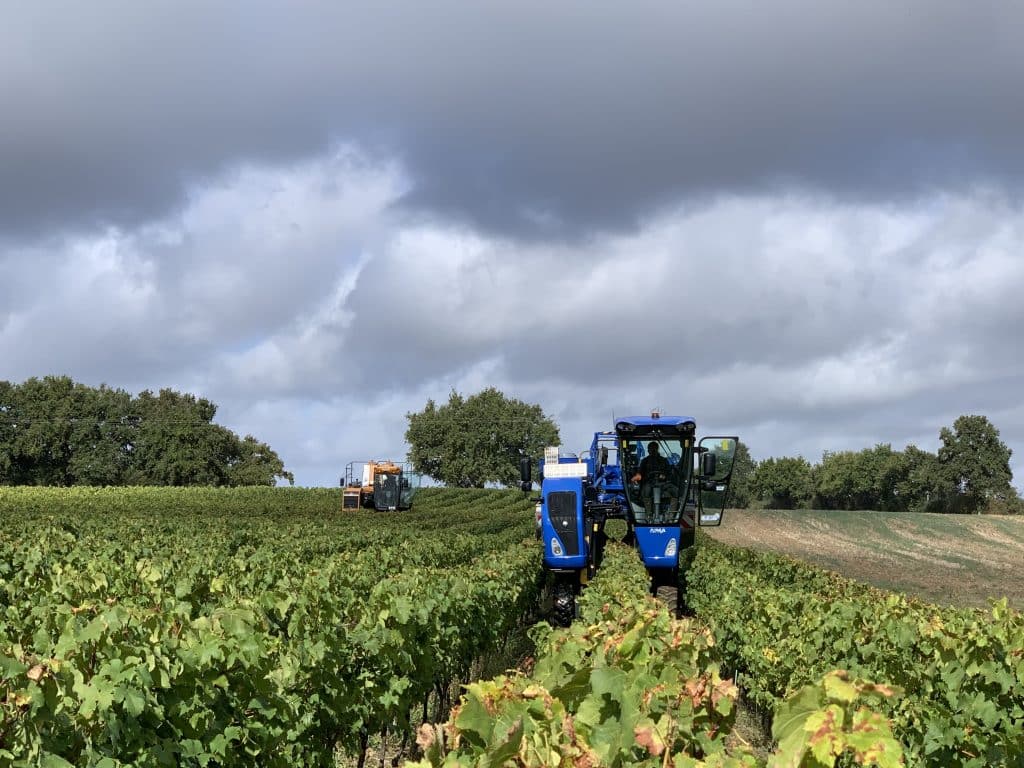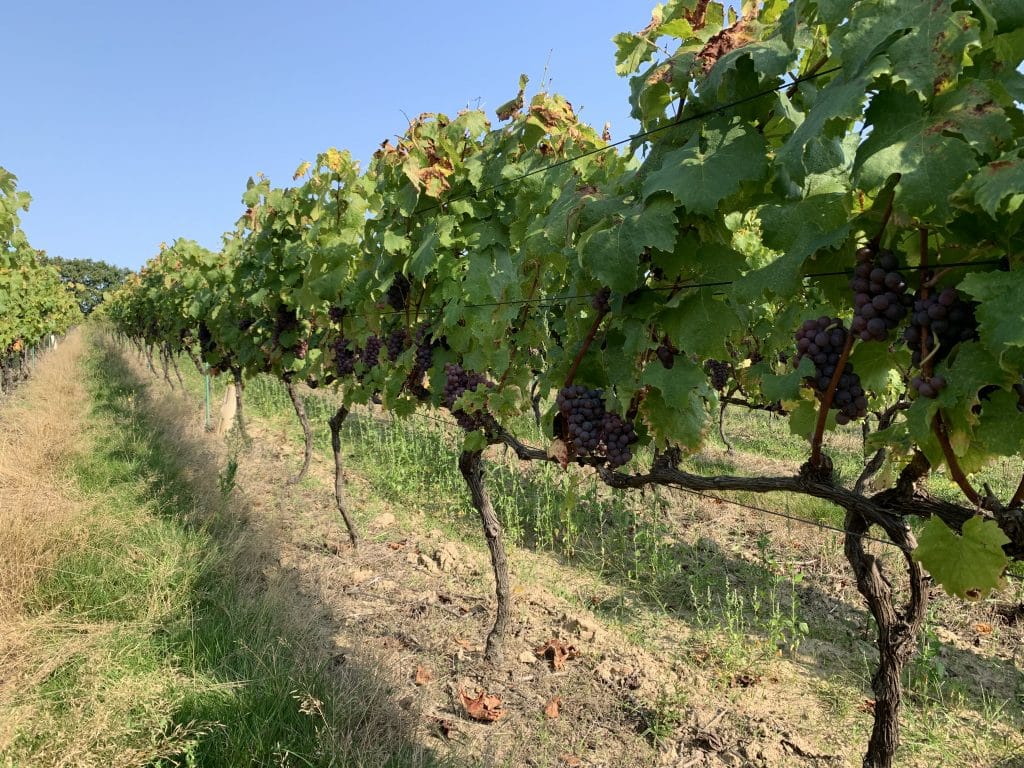Château de la Pierre – a historic pilgrimage route in France
The Château de la Pierre was built in 1726 and is a former residence on the pilgrimage route to Compostela through France. At that time, the slopes of the château were used for cereal cultivation and were transformed into vineyards at the beginning of the 20th century.
Since 2007, Jerome Choblet has acquired the vineyards and transformed these most beautiful slopes mainly planted with Melon de Bourgogne and Grolleau Gris. Since then, the surrounding nature has greatly improved its culture in a preserved and privileged environment.
An estate in Muscadet Cotes de Grandlieu appellation
This estate is located between the Atlantic coast and the city of Nantes. Château de la Pierre is made up of 20 hectares of vineyards in the Muscadet Cotes de Grandlieu appellation in Loire Valley.
This unique place, almost inaccessible, is preserved from any pollution and surrounded by tens of hectares of strong trees more than centenaries old. This is one of the most peaceful vineyards of Jerome Choblet.


Developpement of sustainable viticulture of Château de la Pierre
In 2022, an additional investment of 15 hectares was allocated to viti-forestry, aiming to establish a new ecosystem that fosters the growth of wildlife and wild flora.
During the first phase of this new project, more than 1000 trees were planted to rebuild the hedgerows.
The second phase will begin in early 2023 with the planting of over 2500 of different species such as trees, plants, coliving together with old and new more resistant grapes such as:
- Muscaris
- Floréal
- Soreli
- Fleurtai
- Voltis
- Calardis
Quality through an environmental approach
At Château de la Pierre, our agro-forestry efforts aim to prioritize environmental preservation without relying on external inputs.
Our approach enhances the vines’ resilience against diseases and fosters a new ecosystem that enables natural control and resistance of the vines. As a result, we can grow healthy vines and produce high-quality wines.
We are committed to maintaining Château de la Pierre as a vineyard that upholds the utmost respect for nature, which we must protect more than ever.


